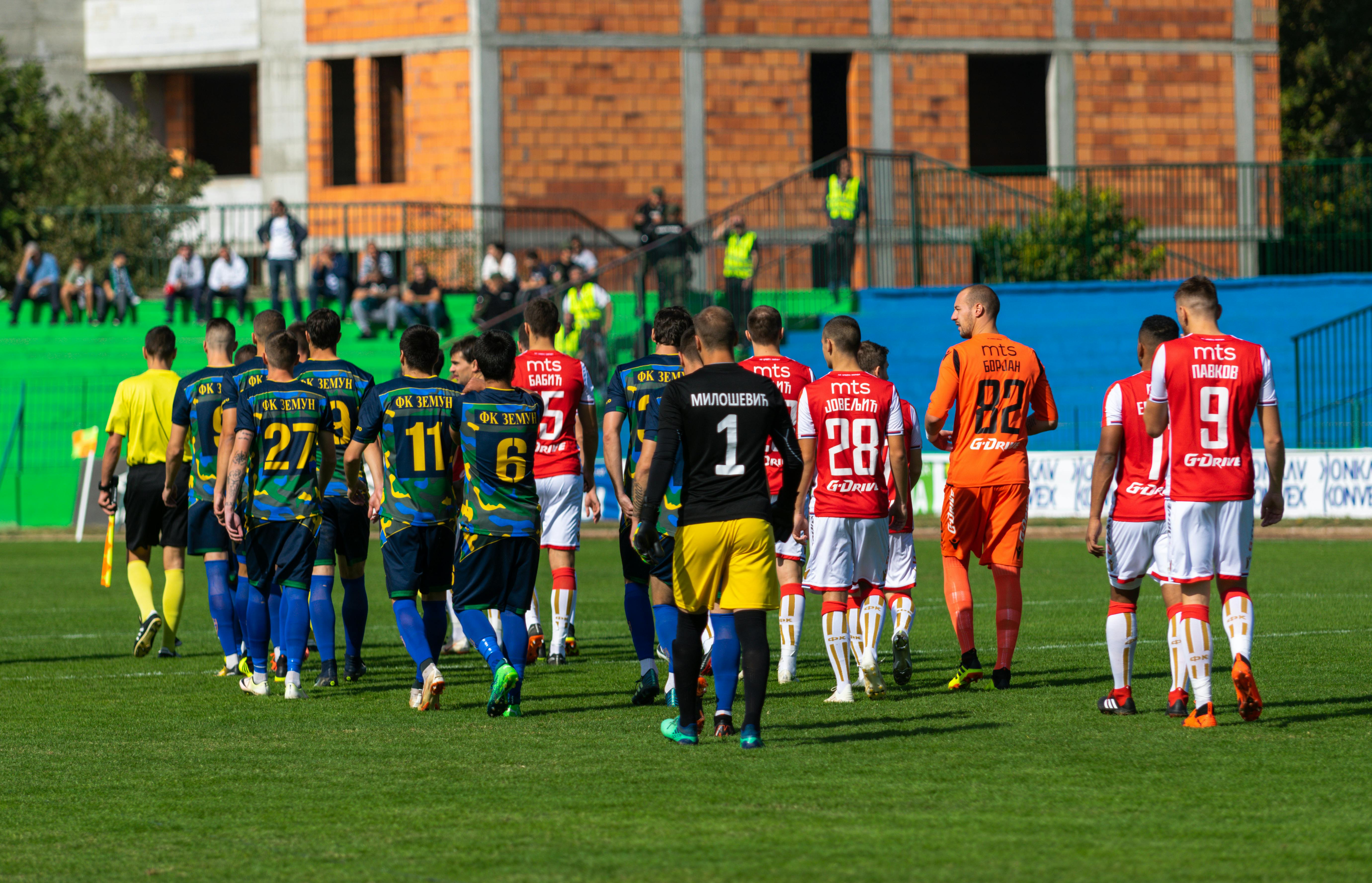Team
Forming a team
The team is formed at the own will. The aim is to form a self-organising team. Team will take over some of the responsibility from the manager. And responsibility comes with authority too. While during forming, some important things to take note:
- Team needs to be balanced. Senior/Junior
- Team needs to deliver end to end. Team is usually formed in 3 hours.
Q: What if the team is remote? The best arrangement is to form a team locally. It is very painful if the team is spread across the globe. But will it work? it will - but just too painful. With globally spread team, there will be
- less coordination
- timezone difference
- lack of face to face communication
System thinking
Let’s try this: We try to deliver as much as possible with two variables.
- no of features/items/stories in backlog
- no of issues/defects
Q: what happen when we tell people to deliver as much as possible?
A: No of issues will increase. People will cut corner. As issues rise, the people will need to fix on issues and less time to work on features. Will reduction of features eliminate issues entirely? No. The only way to eliminate the issues is when there is no features.
Q: what could/might affect more issues?
A: There are a couple of underlying reasons including:
- level of requirements understanding by team
- level of details (acceptance criteria) of requirement -> frequency of requirements change -> pressure to deliver on time
- time between requirement written and delivered
- legacy without poor documentation (knowledge gap)
- quality (Low percentage of coverage unit test) -> purpose of code unknown/ correctness of code -> ease of change
The main point of system thinking is to slow down and think systematically. Avoid putting a lot of noise around the point as it doesn’t help what to focus.
System thinking will help us to find relationship between issues and in the organisational level. The variable needs to be very specific and simple. System modelling is to help understand each other, not about arguing who is right or wrong - False Dichotomy.
A false dichotomy is typically used in an argument to force your opponent into an extreme position – by making the assumption that there are only two positions.
Q: How do we encourage people to ask question?
A: We start with a variable, continue with the question and discussion.
